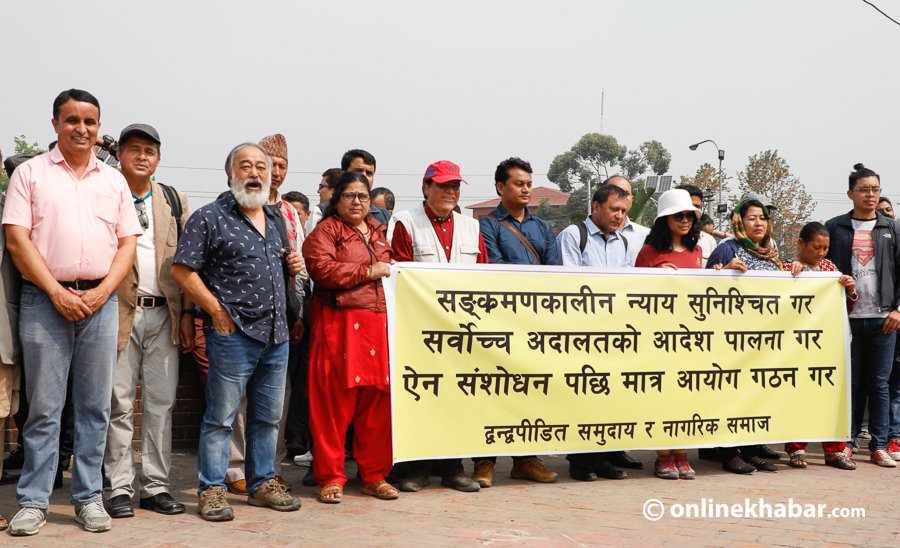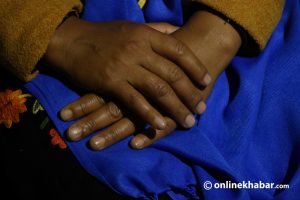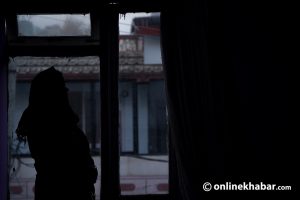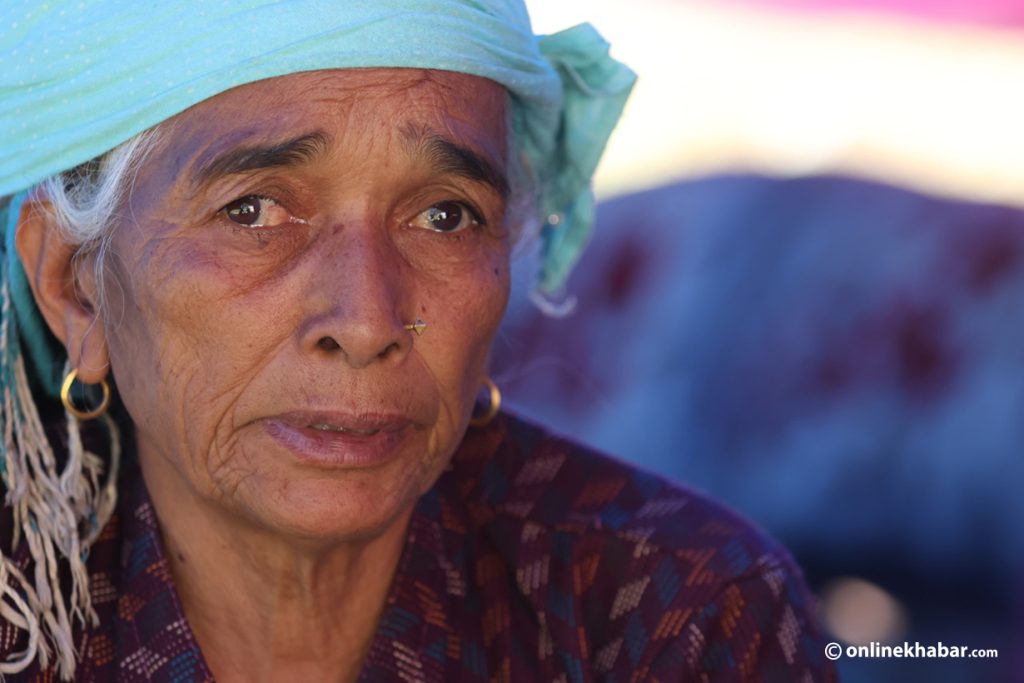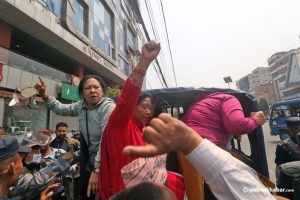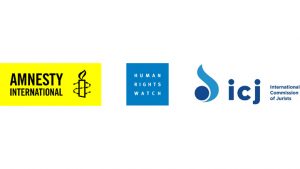Bruises of the decade-long civil war in Nepal have not yet been healed. The ignition of the unrest has plummeted, but the dissatisfaction of the conflict-hit people is still like a fire under the ashes which can be stirred and enflamed with any internal and external provocation any time. Key issues and challenges of transitional justice including enforced disappearance, internal displacement, abduction, extra-judicial killing, torture concerning the armed conflict (1996-2006) have not yet withered even a long duration has elapsed after the Comprehensive Peace Accord (CPA) signed between the state and the conflicting party, the then Communist Party of Nepal (Maoist). People’s predicament has not seen any end yet.
The CPA signed between the government of Nepal and the CPN (M) on November 21, 2006, ended the decade-long armed conflict and led the country towards a strengthened democracy. The Interim Constitution promulgated in 2007 with wider and strong human rights mandates, provisions and mechanisms gave people hope. Later, the Constitution of Nepal 2015 was promulgated which has adopted the democratic values such as the rule of law, democracy, independence of the judiciary, human rights, devolution of powers, adult franchise and press freedom. But, even after one and a half decades of the CPA, the robbed dreams and aspirations of the people who were the victims of intimidation, extortion, internal displacement, abduction, extra-judicial killing, mental and physical torture, etc have not been restored and brought back to peace in life.
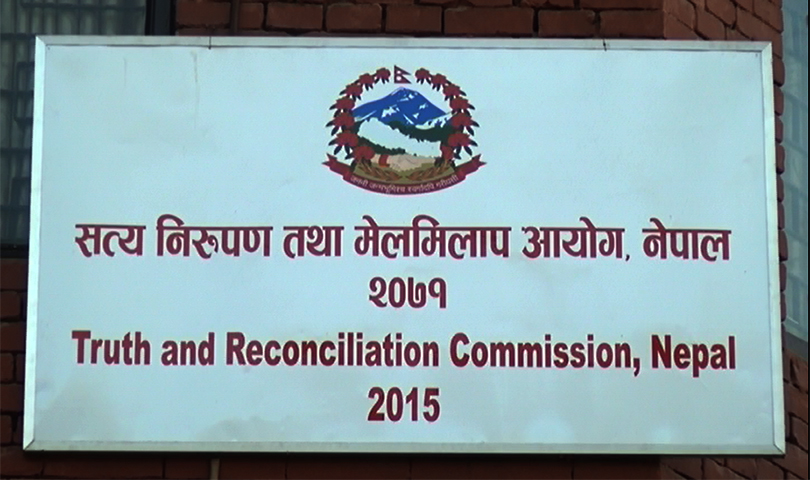
Genesis and narrative of TRC
The CPA has clearly paved the way for the creation of transitional justice mechanisms under the law. In pursuant to the clause 5.2.5 of the CPA, the high-level Truth and Reconciliation Commission (TRC) was established on February 10, 2015, in accordance with the Enforced Disappearances Enquiry, Truth and Reconciliation Commission Act, 2014. The commission was mandated to investigate cases of human rights violations and crimes against humanity, and to create an enabling environment for social reconciliation.
Internationally, such a commission is an official body tasked with discovering and revealing past wrongdoings by a government (or, depending on the circumstances, non-state actors also), in the hope of resolving conflict leftovers from the past. In both their truth-seeking and reconciling functions, truth commissions have political implications. A truth commission is focused on the past, rather than in ongoing events; it investigates a pattern of events that took place over a period of time; it engages directly and broadly with the affected population, gathering information on their experiences, etc.
The operational mandate of Nepal’s Truth and Reconciliation Commission (TRC) is due to expire in coming February. It is the subject of shame on the part of the commission that it has neither completed even one investigation into the tens of thousands of complaints filed by victims of human rights violations committed during the country’s decade-long conflict. It is virtually inauspicious and tardy to a transitional justice process. Though the pressure from the international community and victims’ groups to keep moving the transitional justice process forward compelled the government for the extension of the tenure of the body, there is very less expectation of the achievement of meaningful justice for the victims of conflict-related human rights violations.

Stranded justice crippled with impunity
The limping pace of the commission arouses the suspicion of the frail diagnosis, improper medications and haphazard recommendations. An even more significant challenge is the persistent culture of impunity in Nepal, and the harsh reality is that powerful perpetrators of human rights violations are spared from the action. They keep themselves under the protection of the cocoon of different flags of the power centres.
Till now, the TRC has only completed preliminary investigations of fewer cases. This lack of progress can be attributed both to the extremely high number of complaints the commission has received, limited resources, and inadequate funding. Without the funds, a one-year extension will not be sufficient for the commission to finish its work.
The leadership of the commission is likely to be weak with the rampant intrusion from the backdoors. Although the signatories of the CPA recognised that an amnesty provision would be unacceptable to the international community and it would jeopardise the legitimacy of the agreement, Nepal’s long history of failed commissions of inquiry gave them good reasons to think that a TRC would ultimately serve the interests of impunity.
The possibility is that amnesties would be granted for gross violations of human rights. If dillydallying of the commission is to ensure the avoidance of the possibility of granting amnesties for human rights violations which are unconstitutional and contrary to international law, it will be a welcoming step.
By giving the benefit of the doubt, we have to have endurance and patience. The judgments should not be manifestly inadequate and akin to complete or partial impunity. Further entrenchment of the impunity worsens the grave situations and justifies the legal maxim ‘Justice delayed is justice denied’.
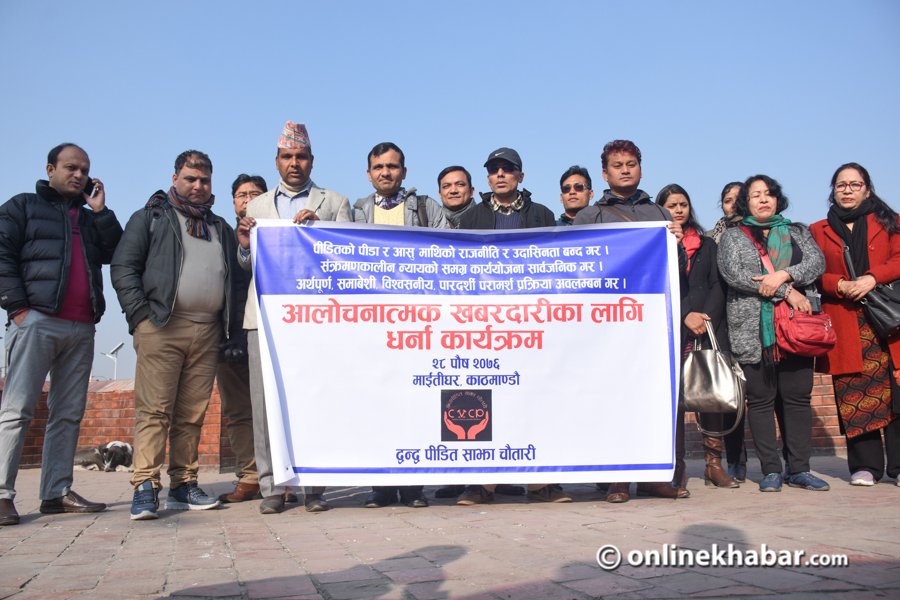
What next?
The commission has adopted a policy to fulfil the responsibilities by continuous discussions and deliberations with victims and other stakeholders in providing justice and reparations to victims of grave violations of human rights following the fundamental norms of CPA. Considering the reverberations in the meetings and interactions with the stakeholders, the commission will strive hard for prompt justice to conflict victims.
However, it has been high time to put due attention by all concerned stakeholders who are aspirants of transitional justice and sustainable peace and to heed for justifiable, needful, and time-suitable law formation. Only then, the commission can fulfil its responsibility effectively taking them as a base. The commission hopes that the state will not have any reservations regarding amendments of acts to let justice, reparations and reconciliation processes get wider acceptance.
The healing for the atrocious and inhumane forms of crime and human rights violations that happened during the conflict will not be possible through regular judicial mechanisms. Therefore, the Truth and Reconciliation Commission was set up to deal with conflict-related grievances of the victims and their families. The state of impunity is one of the main challenges for the protection and promotion of human rights. The inaction against the perpetrators including the cases of murder, rape and other grave criminal offences reveals the unholy nexus between politics and crime. It is the sheer instance of criminalisation of politics and politicisation of crimes.
Connivance is rampant among Nepali politicians, bureaucrats and security personnel as a cultural practice which is responsible for violations of the value of rule of law, promoting impunity. The state efforts are inadequate in terms of fulfilment of human rights obligations enshrined in the international human rights instruments. The implementation part of the commission is weak due to reluctance on the part of state agents and politicians. Now, all political parties need to play their role to make the transitional justice process a success.



